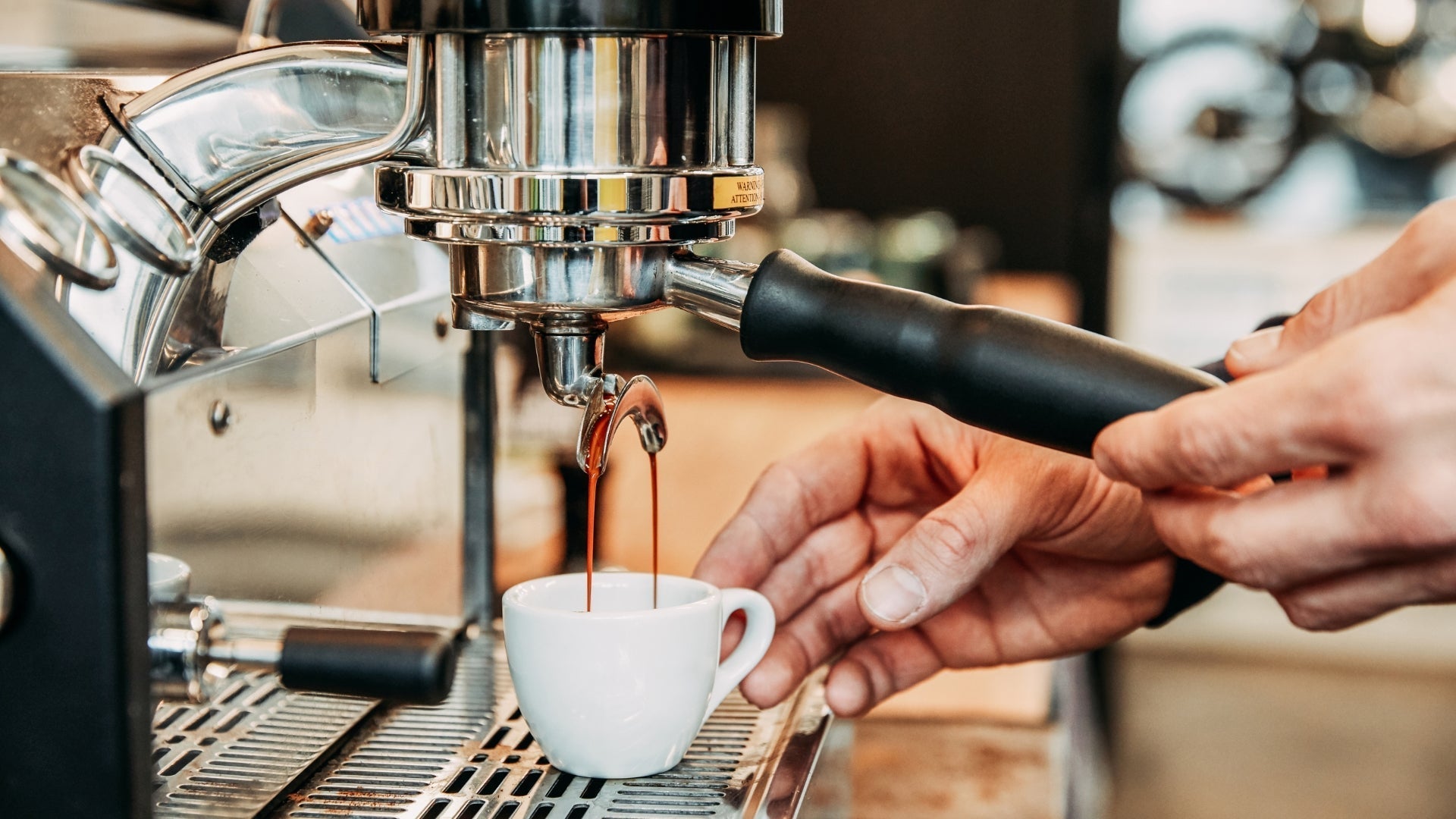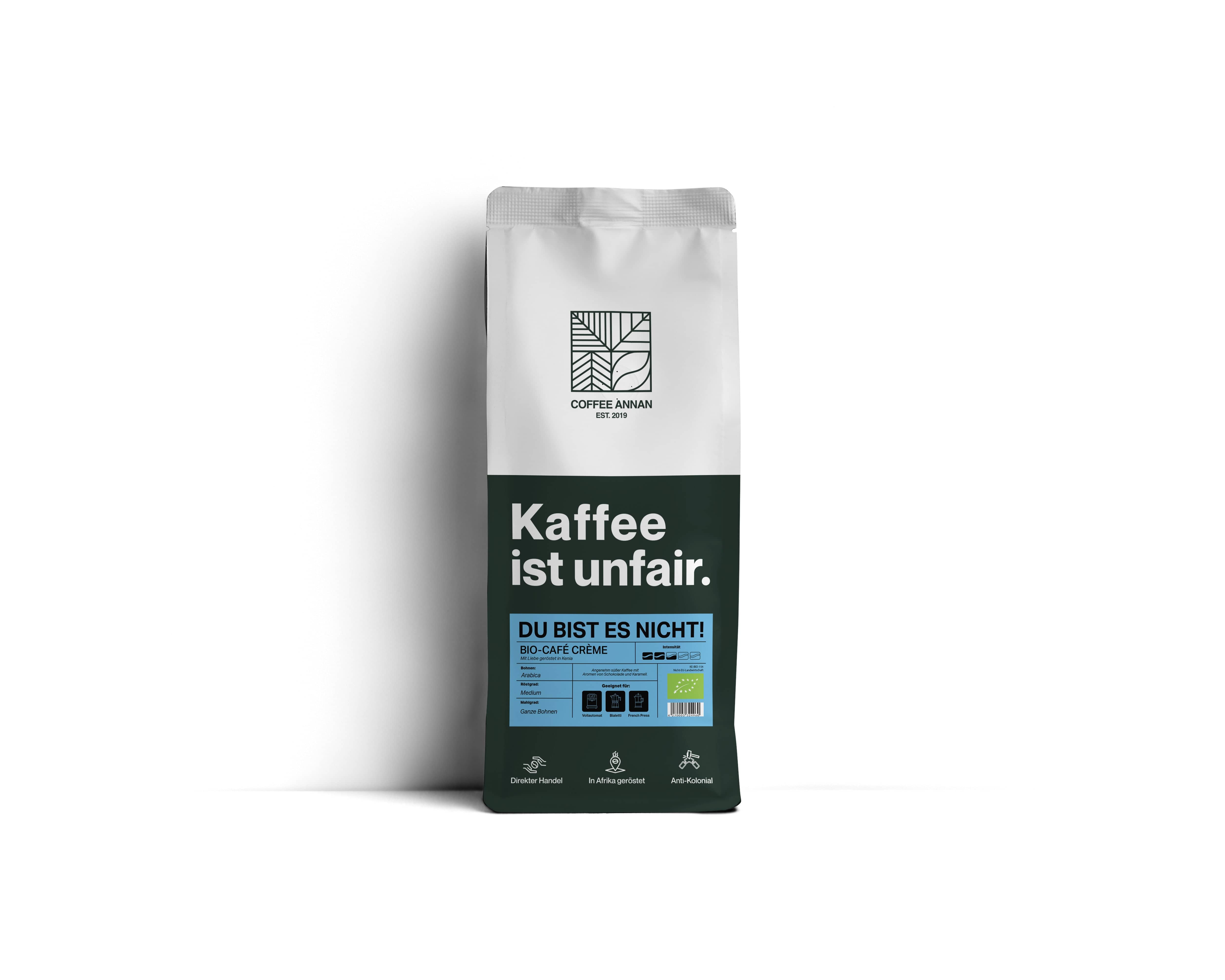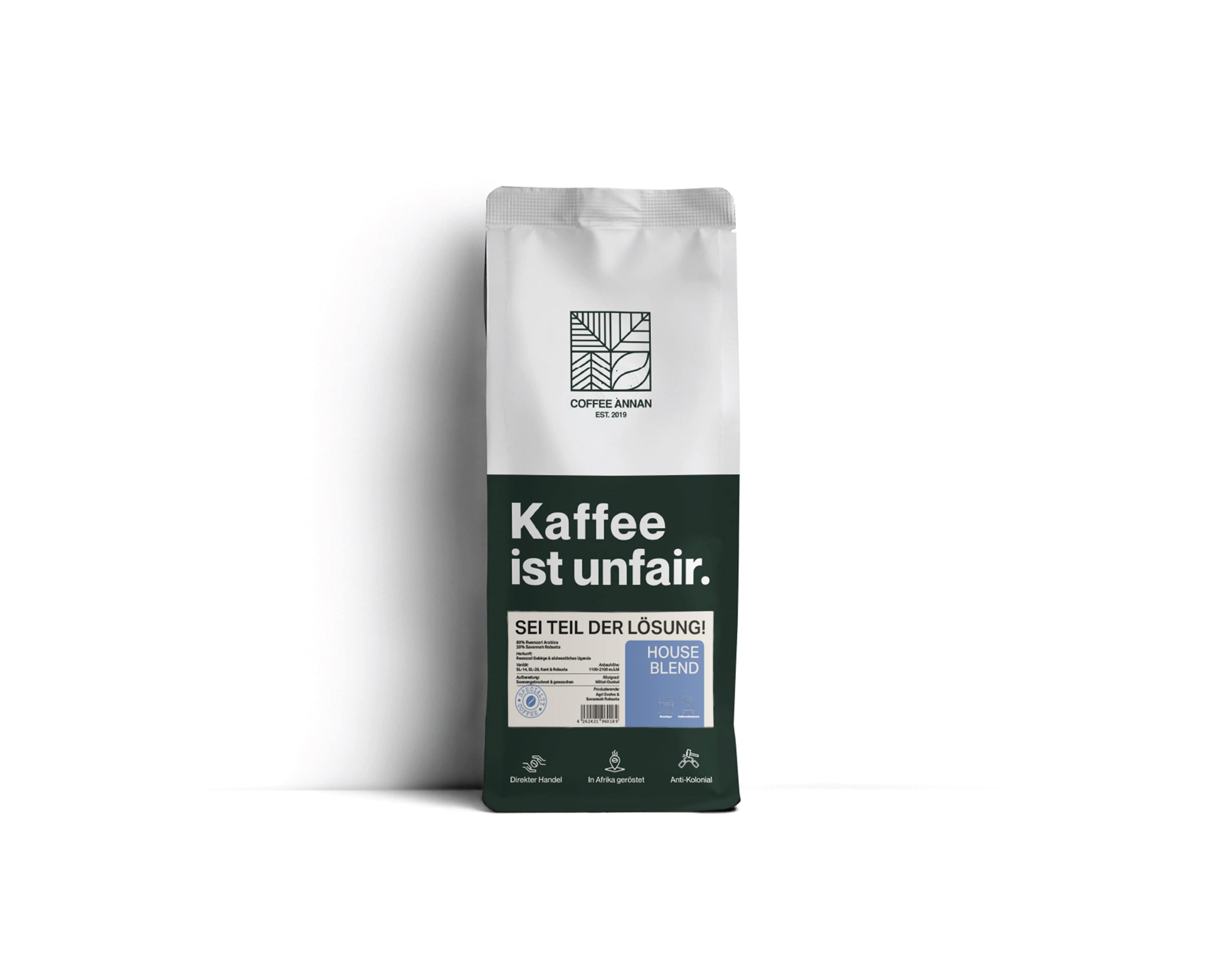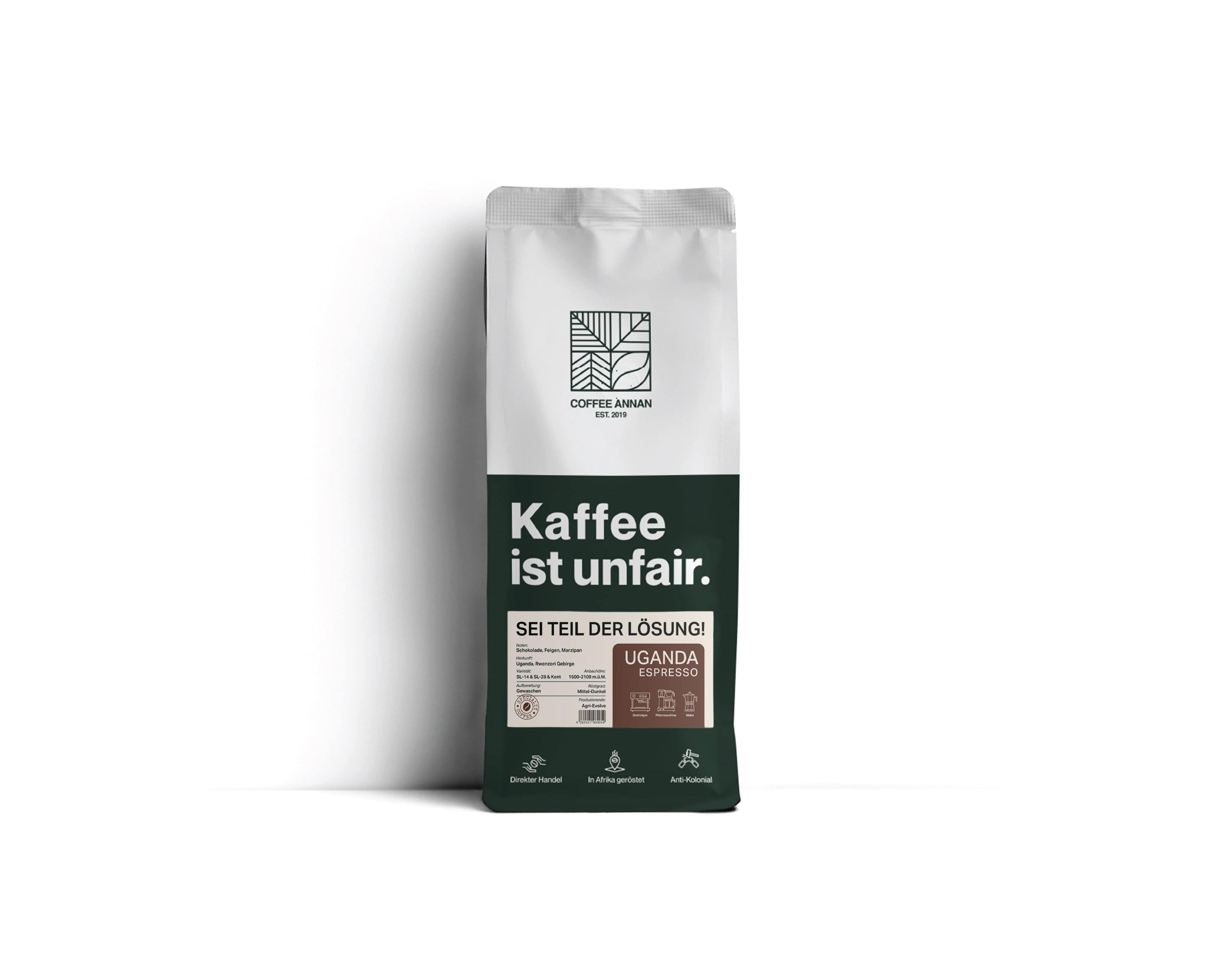Coffee is one of the world's most popular beverages, but where do the aromatic, dark coffee seeds, commonly referred to as beans, actually come from, and how are they grown?
Our favorite hot beverage is made from the fruit of the coffee plant. Before the fragrant beans find their way to us, they are usually grown in distant countries, harvested and processed in many further steps to become the specialty we know and love.
Most coffee plantations are located in tropical regions, in South America, and some countries in Africa or Asia along the equator. This zone, which is most suitable for cultivating the delicate plants, is also called the coffee belt.
Coffee cultivation requires a lot of effort and care. For coffee plantations, the most important factors are fertile soil and a warm and humid climate. Constant care of the plants and sufficient irrigation, fertilization and protection from disease is crucial for them to thrive.
After about three to five years, the plants finally begin to flower - this then produces small red berries, each with two coffee seeds inside: the coveted coffee beans! These must now be carefully harvested - often manually - to preserve their quality.
The coffee seeds are then subjected to a number of processing steps such as drying, sorting and roasting.
Conditions for the Cultivation of Coffee Seeds
The coffee bush only thrives under very specific conditions. Only a few regions meet these conditions and enable a high-quality harvest. Among other things, the coffee plant needs a warm climate that is not too dry. It does not like cold and dry conditions at all.
Coffee bushes thrive best at high altitudes around the equator. There, the climate is warm and moderate, and there is sufficient rainfall. In addition, the plants require plenty of nutrients and only thrive in fertile soil.
The majority of the arable coffee land lies in the so-called coffee belt close to the equator, which includes countries like Brazil, Ethiopia and Vietnam. But even within these countries, there are major differences in terms of microclimate and soil type - which in turn can affect the taste and quality of the final product. Therefore, it’s a genuine art for coffee farmers to find just the right mix of coffee variety, location and care to end up with the perfect raw, green beans.
How Is Coffee Grown?
Growing coffee, especially sustainable sourced coffee, is a complex process that requires a lot of knowledge and experience. It begins with the selection of the right location, consideration of factors such as altitude, temperature and rainfall. Once the suitable place is found, the planting can begin. There are different types of coffee to choose from - some are more resistant to pests or diseases than others. The two best-known and most popular types are Arabica and Robusta, and together they account for about 97% of the world's coffee production.
Plant care includes regular watering, fertilizing and pruning. Removing weeds is also important for the growth of healthy plants. As mentioned before, it takes three to five years, depending on location and species, before the first fruits can be harvested. These must be carefully selected and processed. In the end, the green beans are ready for export all over the world - but before they find their way to the consumer, they go through many more stages, such as roasting and packaging. Basically, every single step in the growing process is crucial to the quality of the end product.
Why Organic Cultivation is becoming increasingly important
In addition to the quality of the end product, sustainability is also playing an increasingly important role in coffee cultivation. Organic farming relies on natural methods and eschews the use of chemical pesticides and fertilizers, which is not only good for the environment, but also produces healthier soil and therefore better coffee. Furthermore, organic farming often guarantees fair working conditions - another important aspect in an industry that is often characterized by exploitation. This is definitely an aspect to take into consideration, when buying coffee. By buying organic fair trade coffee, we can contribute to a sustainable future - without having to give up our beloved pick-me-up!
How to Recognize Fair Trade Coffee?
More and more people are trying to make their lifestyle as sustainable as possible. This includes, above all, conscious shopping for consumer goods and food. Coffee, in particular, is one of the items, where many resources are consumed during the production in faraway countries and the long transport routes. Even the preparation uses a lot of energy. And since we don't want to do without our beloved espresso or cappuccino, we should try to make our consumption as sustainable as possible.
Sustainably sourced and fairly traded coffee can be recognized by the quality seals on industrially produced varieties. But if you really want to make a difference, why not buy from those who are collaborating directly with the farmers in the growing countries?
Coffee Annan works closely with the coffee producers and supports small coffee plantations with social projects and, above all, with appropriate remuneration for their arduous and excellent work. In this model, trade chains are kept as short and transparent as possible and the roasting takes place in the producing countries, not after importation, which is still the norm.
Coffee cultivation and Climate Change
However, the cultivation of the precious coffee seeds is also affected by climate change. Rising temperatures and changing rainfall patterns are having an impact on growing conditions and therefore on the quality of the coffee. It is becoming increasingly difficult to determine the optimal time to harvest and process the beans. But there is hope: sustainable farming practices such as agroforestry or water management can make plantations more resilient to climate change. Here, too, the purchase of organically grown, fair-trade coffee plays an important role, as this type of cultivation is generally sustainable. It is therefore in our hands to make a contribution to sustainability in coffee cultivation and consumption through conscious buying decisions - for the sake of the environment and the people who produce the liquid gold.
Do Coffee Seeds Grow in Western Countries?
Have you ever wondered if it is possible to grow coffee in Europe or other Western countries? The answer is yes, but only to a limited extent. Due to the weather conditions in these countries, commercial cultivation of coffee is not possible on a grand scale because the sensitive plants do not survive outdoors in most of these countries.
As the plants need three to five years to bear fruit at all, and can quickly die in winter or even during cool summer nights, they won't even last a season in most places. Growing them in a greenhouse would be possible, but is not economically feasible and most certainly not sustainable.
The most notable exception in the U.S. is Hawaii, where [5 million pounds of Arabica beans](https://perfectdailygrind.com/2022/01/a-guide-to-hawaiian-coffee-production/#:~:text=“The main coffee growing regions,nearly anywhere on the islands.) are commercially grown every year, which makes up less than 1% of the worldwide supply, but still represents a viable industry. The European island of Gran Canaria also has a climate that is conducive to cultivation of coffee and produces a small and exclusive crop.
As a houseplant, however, the bushes (Coffea Arabica) can be very decorative. While they also require a lot of care, with a little patience and the right location, you could grow coffee in your own home and eventually harvest some beans.
From Seed to Cup - A Brief Overview
The production of coffee is a complex process that involves many steps. Here is a brief overview of the steps involved from seed to cup; starting with the selection and care of the coffee variety, to harvesting coffee, as well as roasting and packaging the final product.
- As already mentioned, it is critical to plant only coffee plants suitable for the climatic conditions of the location. Approximately three to four years pass before the first fruits appear.
- After about nine to twelve months, depending on the species and conditions, the ripe cherries can be harvested, which is usually done manually. The fruits are then washed and sorted. This is followed by drying, either in the sun or in special drying facilities.
- When the drying process is complete, the coffee seeds can be extracted. One cherry contains two seeds, but they still have little in common with the aromatic beans that we put into our grinder at home. The beans are still green and are called green coffee. They don’t acquire their characteristic appearance and aroma until after the roasting process.
- The green beans are generally shipped directly to the destination countries for roasting. Only a few producers have the beans roasted locally, and Coffee Annan is one of them. This vital processing step is an important economic activity for the people in these countries, as it means that the lion’s share of the proceeds remain in the producing countries and enable the local people to earn an adequate income.
- As the typical aroma of the finished coffee develops at the roasting stage, it usually takes a number of years from the time of sowing to the cup of espresso you hold in your hand.
The Bottom Line
Surely, we can all agree that coffee is an exceptional product, both regarding its taste and its production. It is important to bear in mind that coffee is turning from an everyday commodity to a genuine luxury that we should appreciate. Our consumption patterns alone determine the sustainability of our favorite hot beverage and the impact of worldwide coffee consumption on the environment. With great pleasure comes great responsibility!
Therefore, the cultivation of the coffee seeds already lays the foundation for the quality and taste of the coffee, and also for the sustainability of the product. Next time you enjoy a cup of coffee, think about the long journey that liquid gold has endured to brighten your day. By the way, at Coffee Annan you can order one of our special sample packs if you want to know how good sustainably grown and fairly traded coffee tastes!












